There was a time when certain skills were as common as knowing how to tie your shoes or ride a bicycle. In the 1970s, these abilities weren’t special talents—they were simply part of being a functioning adult in the world. Everyone from teenagers to grandparents possessed these practical know-how basics that helped navigate daily life without thinking twice about it. Today, many of these once-universal skills have become as foreign to younger generations as using a rotary phone or developing film in a darkroom.
1. Using a Phone Book and Operator Services
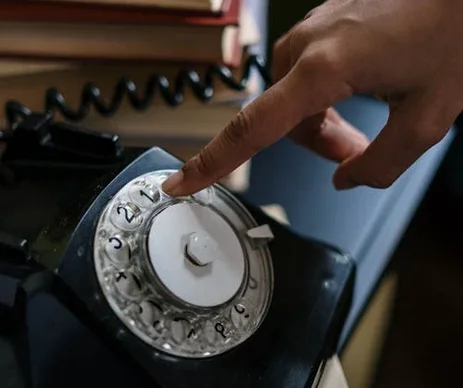
Remember when finding someone’s phone number meant cracking open that massive yellow or white pages directory that landed on your doorstep every year? Everyone knew how to navigate those thin pages, scanning alphabetically through hundreds of tiny print entries to find what they needed. The phone book wasn’t just for numbers—it was your guide to local businesses, complete with addresses and sometimes even small advertisements that helped you comparison shop. UENI traces the decline of yellow pages in an age of technology.
When the phone book failed you, calling the operator was second nature, and everyone knew the magic of dialing “0” for assistance. You’d politely ask the operator to connect you to a specific number or help you find someone’s listing, and they’d work their magic from their switchboard. These human directories charged by the minute for their services, so you learned to be prepared with your questions and spoke efficiently to keep costs down.
2. Reading Physical Maps and Using a Compass
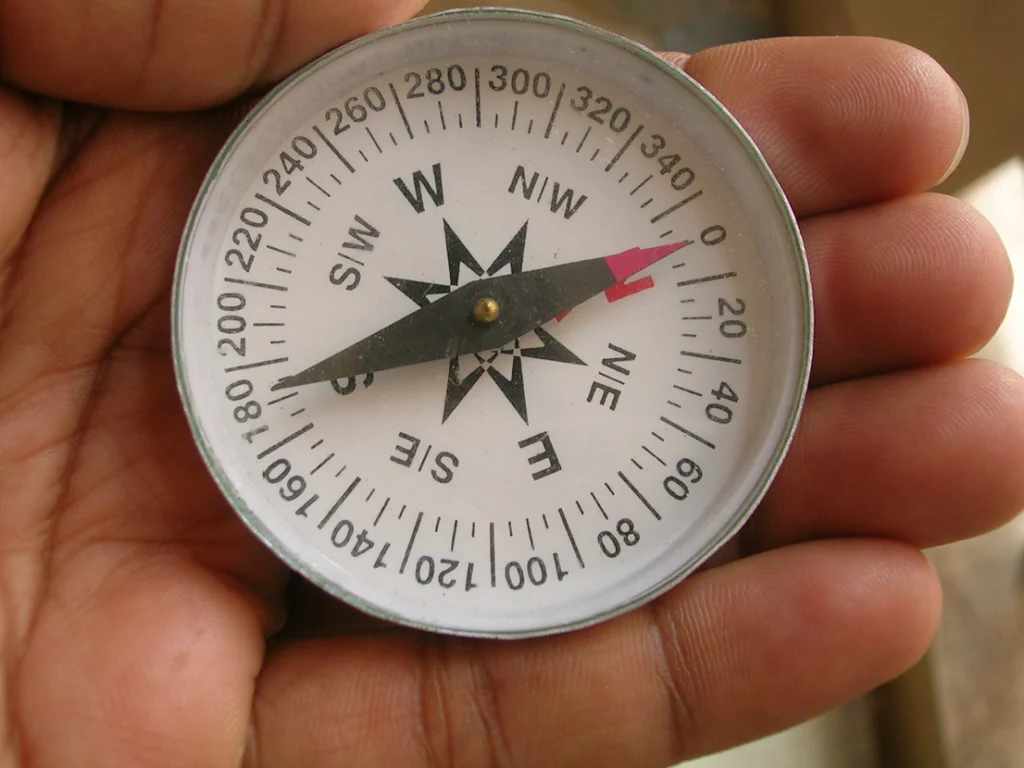
Every car’s glove compartment contained a folded road atlas or local street map, and knowing how to unfold, read, and refold these paper guides was essential for any trip longer than your daily commute. You’d trace routes with your finger, calculate mileage, and plan rest stops based on the scale printed in the corner. Map reading meant understanding cardinal directions, recognizing highway symbols, and having a sense of geographic relationships between cities and landmarks. For modern marauders, The Ramblers hosts a guide of essential information for reading a compass today.
A basic compass was standard equipment for camping trips, hiking, or even just getting oriented in an unfamiliar city. Everyone understood that the needle always pointed north and could use that information to figure out which direction they needed to travel. These skills required spatial thinking and the ability to translate a two-dimensional representation into real-world navigation—abilities that GPS technology has largely replaced.
3. Balancing a Checkbook by Hand

Every month, responsible adults would sit down with their bank statement, a calculator, and their checkbook register to reconcile their account to the penny. This process involved carefully comparing each check, deposit, and withdrawal listed on the bank statement with your handwritten records. You’d mark off each transaction, calculate running balances, and hunt down any discrepancies until everything matched perfectly. CommonWealth Beacon stresses the continued importance in teaching children this skill while they’re in school.
The skill required meticulous record-keeping throughout the month, writing down every transaction immediately after making it. People carried small pocket calculators or did mental math to keep track of their available balance in real-time. Making a mistake could result in bounced checks and hefty fees, so accuracy wasn’t just helpful—it was financially necessary.
4. Operating a Manual Can Opener
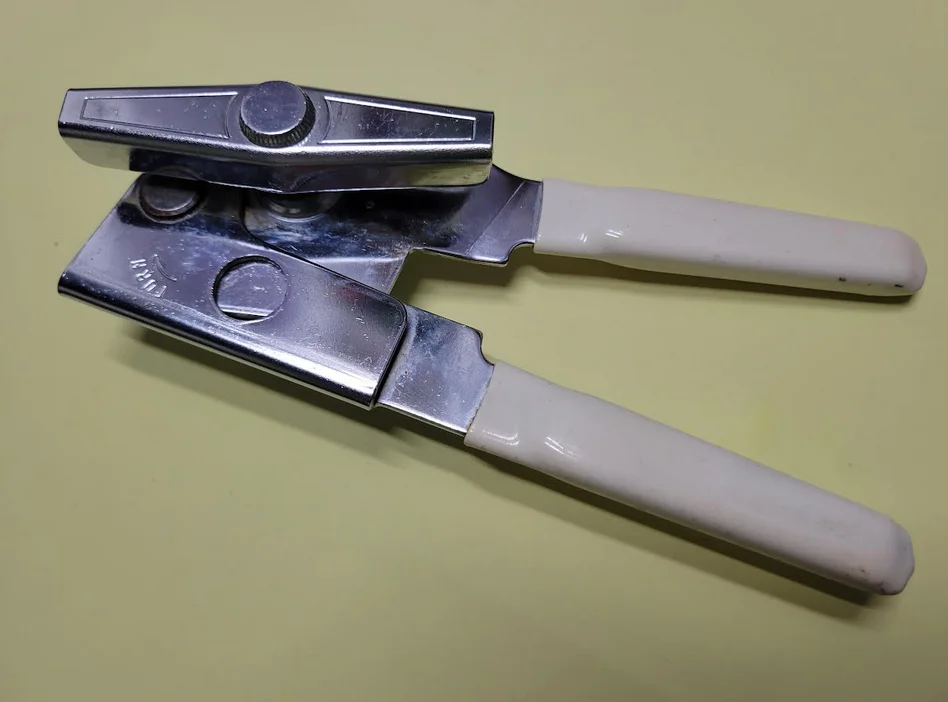
Before electric can openers became standard kitchen appliances, everyone mastered the art of the hand-cranked version that clamped onto the can’s rim. The technique involved positioning the cutting wheel correctly, squeezing the handles to puncture the metal, then working your way around the entire circumference with smooth, steady cranking motions. A properly operated manual opener would leave clean edges and remove the lid in one complete piece.
This seemingly simple task actually required coordination, proper grip strength, and understanding of mechanical advantage. You learned to hold the can steady while applying consistent pressure and movement, and experienced users could open multiple cans quickly without creating jagged edges or metal shavings. The skill was so universal that manual can openers were standard wedding gifts and kitchen essentials in every household.
5. Developing and Printing Photographs
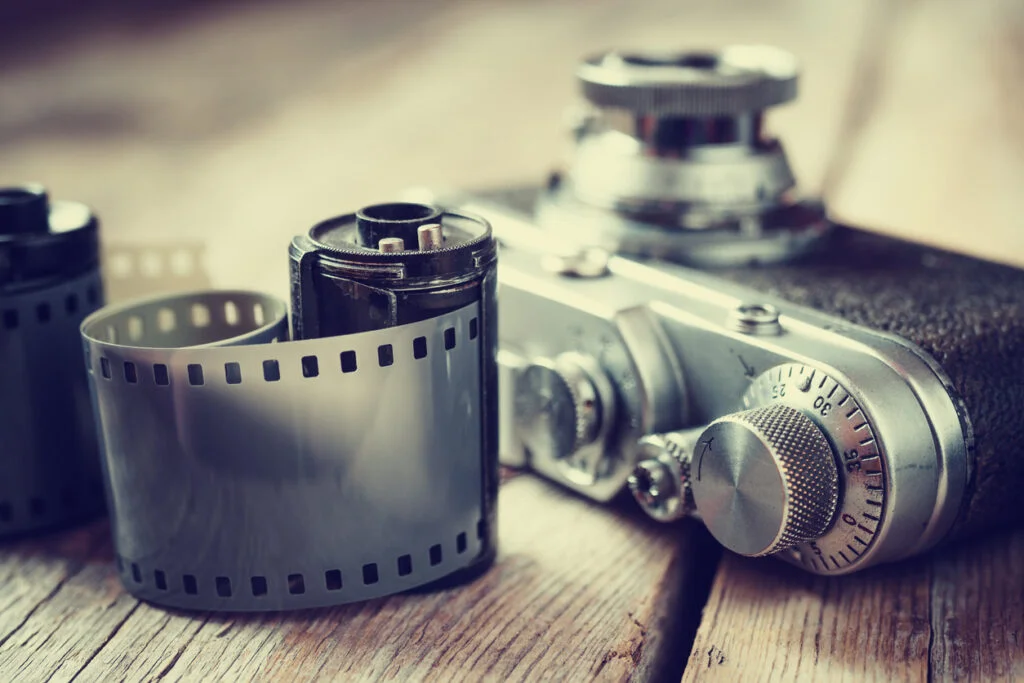
Photography in the ’70s meant understanding film speed, light meters, and the relationship between aperture and shutter speed to capture properly exposed images. Every photographer knew how to load film into their camera, advance it properly, and rewind it when the roll was finished. You couldn’t see your results immediately, which meant learning to anticipate and plan each shot carefully since film and developing costs added up quickly.
The darkroom process was equally important, whether you did it yourself or understood what happened at the photo lab. Many people knew how to use enlargers, adjust contrast with filters, and time exposures for perfect prints. Even if you didn’t develop your own film, you understood concepts like cropping, dodging and burning, and could communicate with lab technicians about how you wanted your pictures to look.
6. Proper Telephone Etiquette and Party Line Courtesy

Before caller ID and voicemail, answering the phone meant immediately identifying yourself and your household clearly and politely. Everyone knew to say “Hello, Smith residence, Mary speaking” or something similar, rather than just grunting “Yeah?” into the receiver. You learned to take detailed messages for other family members, including spelling out unfamiliar names and repeating phone numbers back to ensure accuracy.
Many rural areas still had party lines, where multiple households shared the same telephone line, requiring special etiquette and patience. You’d pick up the receiver and listen briefly to make sure the line wasn’t already in use before dialing your own call. If you heard neighbors talking, you’d quietly hang up and try again later, and everyone understood that conversations could potentially be overheard by others on the same line.
7. Basic Sewing and Mending Techniques
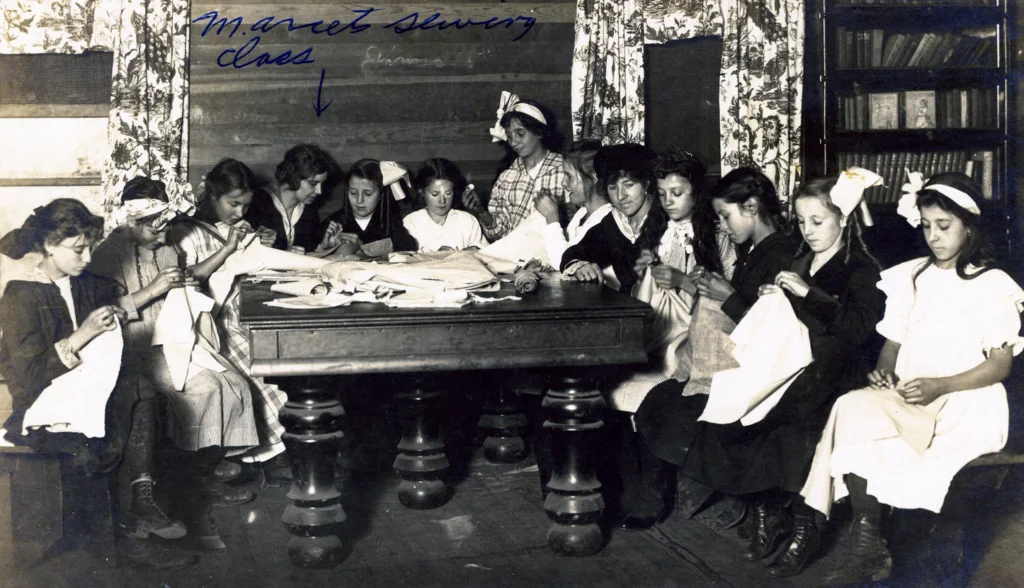
Every household had a sewing basket stocked with needles, thread, buttons, and safety pins, and most adults could handle basic repairs like sewing on loose buttons or mending small tears. Clothing was more expensive relative to income, so extending garment life through repairs was economically important. People routinely hemmed pants, darned socks, and patched holes rather than discarding damaged clothing.
Many people also knew how to operate a sewing machine for more complex alterations and repairs. Home economics classes taught these skills in school, and parents passed down techniques for everything from replacing zippers to taking in seams. The ability to modify and maintain clothing was considered a fundamental life skill, not a specialized hobby.
8. Starting a Car with a Manual Choke and Clutch

Driving a manual transmission was the norm rather than the exception, and everyone learned the delicate dance of clutch, gas, and gear shifting. Cold morning starts often required pulling out the manual choke and feathering the accelerator to keep the engine running until it warmed up. You developed a feel for each car’s personality—how long to hold the choke, when to ease off the gas, and how to prevent stalling at traffic lights.
Hill starts were particularly challenging, requiring coordination between the handbrake, clutch, and accelerator to prevent rolling backward into the car behind you. Experienced drivers could judge engine sounds and vibrations to shift at the optimal moment without looking at the tachometer. These skills made you intimately familiar with your vehicle’s mechanical workings in a way that automatic transmissions never required.
9. Using Carbon Paper and Making Multiple Copies
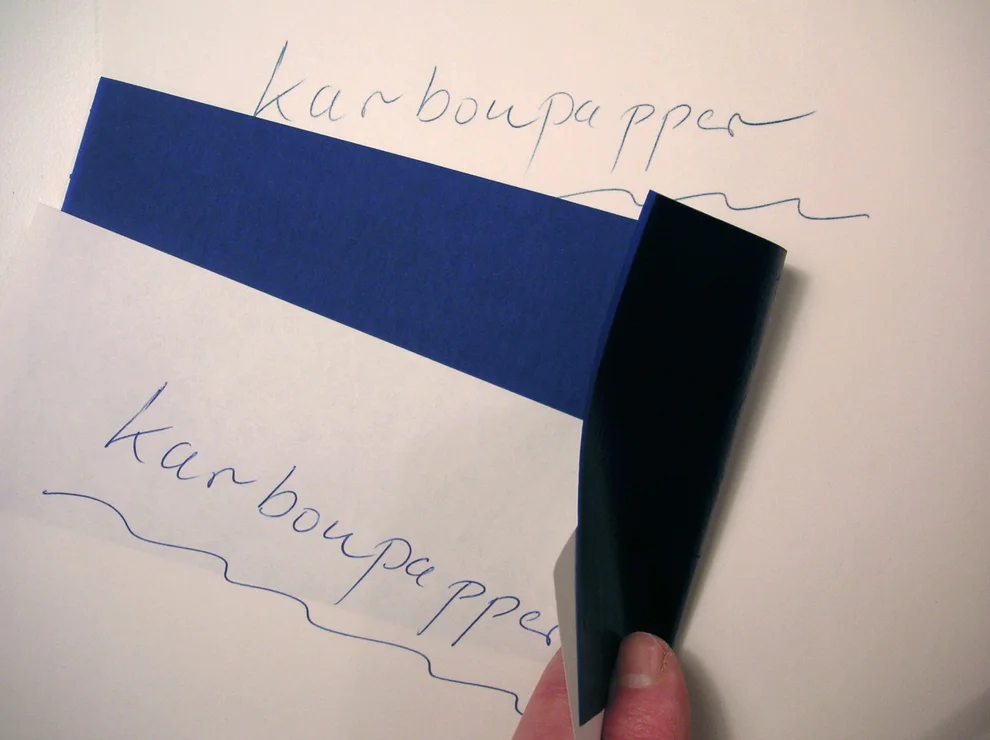
Before photocopiers were common, creating multiple copies of documents required carbon paper—thin sheets coated with dark pigment that transferred impressions from the original to copies beneath. You’d sandwich the carbon paper between your original document and blank sheets, then type or write with enough pressure to create clear impressions on all copies. The skill involved proper alignment, consistent pressure, and careful handling to avoid smudges.
Everyone understood the importance of typing accuracy since corrections were difficult and messy on carbon copies. You learned to plan your documents carefully, use correction fluid sparingly, and sometimes start over completely if too many mistakes accumulated. Businesses relied on carbon copies for invoices, receipts, and correspondence, making this skill essential for office work and record-keeping.
10. Reading TV Guide and Programming a VCR
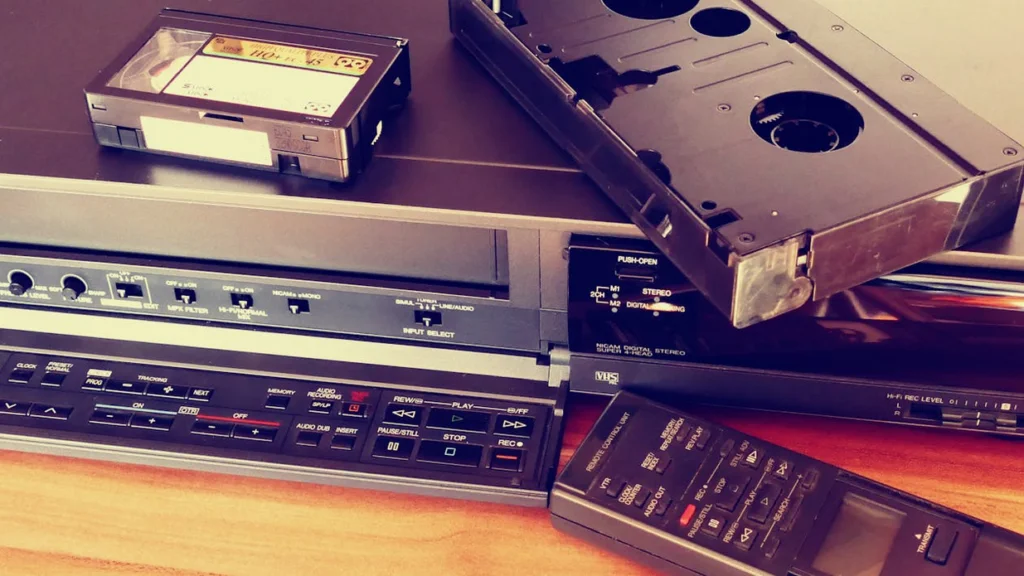
The weekly TV Guide was essential reading for planning your television viewing, and everyone knew how to decode its abbreviations, symbols, and scheduling information. You’d circle shows you wanted to watch, plan your evening around favorite programs, and use the detailed descriptions to discover new series. The guide included movie ratings, guest star information, and special programming alerts that helped you make informed viewing choices.
Programming a VCR to record shows while you were away required understanding timer functions, channel settings, and tape management. You had to account for daylight saving time changes, power outages that reset clocks, and the dreaded blinking “12:00” that indicated your programming had been lost. Successfully recording a show felt like a minor technological triumph, and many people kept detailed logs of what was recorded on each tape.
11. Entertaining Without Electronic Devices
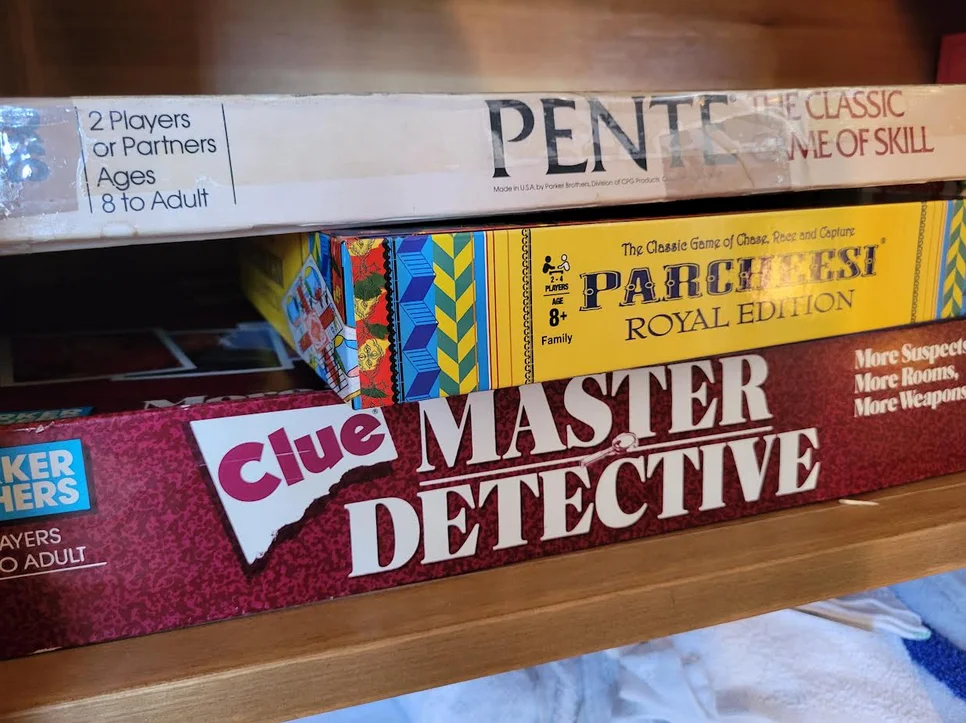
Hosting gatherings meant having a repertoire of conversation starters, party games, and activities that didn’t require screens or electronic entertainment. Everyone knew classic games like charades, twenty questions, or card games that could engage groups of various ages and interests. You’d plan music playlists on vinyl records or cassette tapes, considering flow and variety to maintain the right atmosphere throughout the evening.
Conversation skills were more developed because people couldn’t retreat into individual devices when social situations became awkward or boring. You learned to ask engaging questions, tell stories effectively, and read social cues to keep interactions flowing smoothly. The art of gracious hosting included timing food service, managing introductions between guests who didn’t know each other, and creating an environment where everyone felt included.
12. Using a Library Card Catalog and Research System

Research meant spending hours in the library, navigating the card catalog system to find books, periodicals, and reference materials on your topic. Everyone understood the Dewey Decimal System and could locate materials by author, title, or subject using the wooden drawers filled with typed index cards. You’d jot down call numbers on small pieces of paper and navigate the stacks to find physical books and journals.
The reference desk librarian was your search engine, and building a relationship with library staff could make or break a research project. You learned to phrase questions effectively, explain your research goals clearly, and follow up on suggested resources. Taking notes by hand from multiple sources, organizing information logically, and synthesizing different perspectives were essential skills for any serious research endeavor.
These skills weren’t just quaint habits of a bygone era—they represented a different relationship with technology, time, and self-reliance. People developed patience, problem-solving abilities, and hands-on competence that served them well beyond the specific tasks themselves. While modern conveniences have undoubtedly made life easier in many ways, there’s something to be said for the satisfaction and confidence that came from mastering these fundamental life skills. Perhaps the real loss isn’t the skills themselves, but the sense of capability and resourcefulness they fostered in everyone who learned them.


